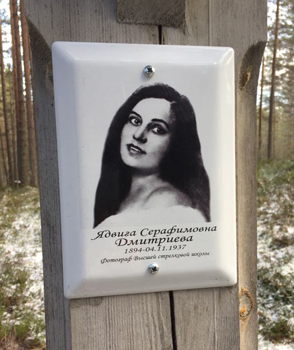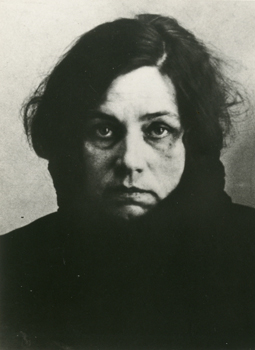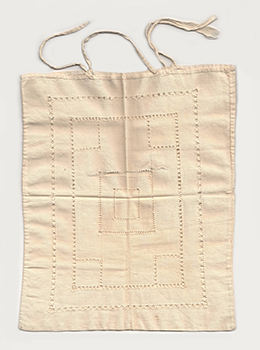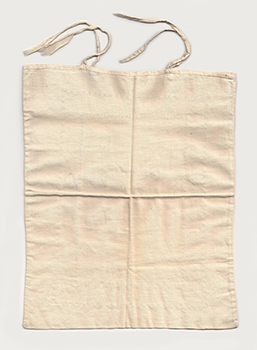BEAUTY IN HELL: CULTURE IN THE GULAG
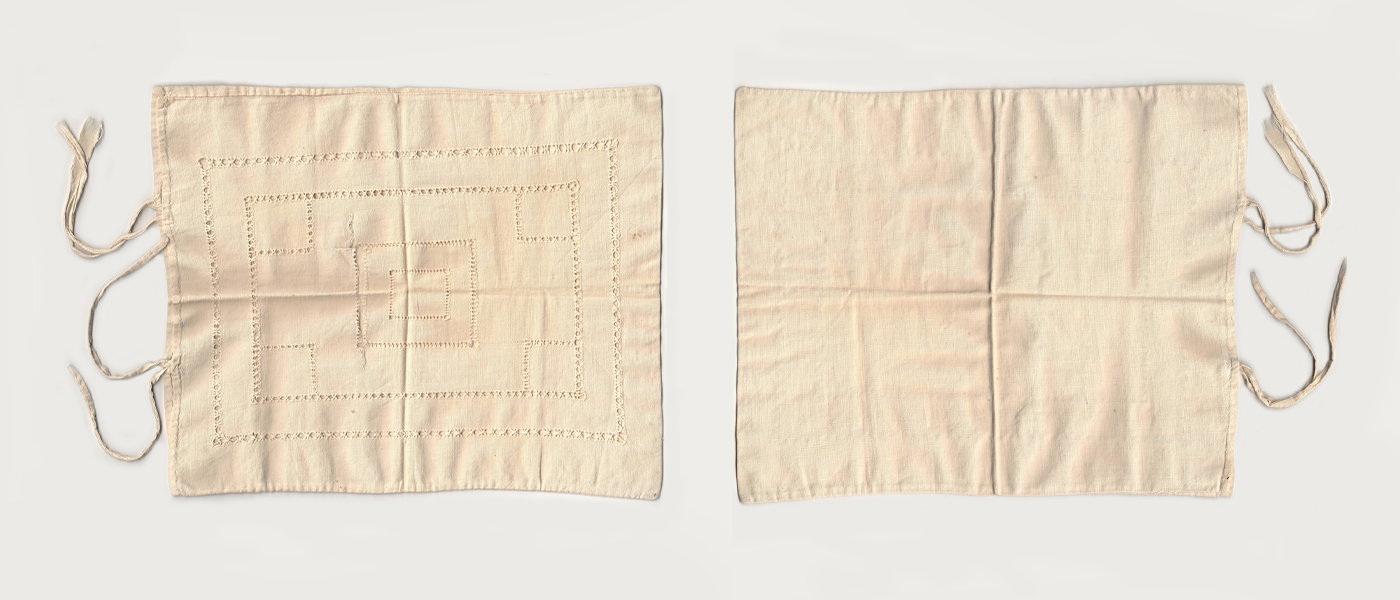
Iadviga Dmitrieva
Iadviga Serafimovna Dmitrieva (née Ueiskaia) was born on 17 September 1894 in the town of Koidanovo, in the Minsk province, into a family of Polish Catholic noblemen. She received a secondary school education and then moved to Moscow. In the 1920s she worked as a photographer. Her eldest daughter Leokadiia (born in 1912) describes her this way:
“My mother was a kind person. She was always healing someone, giving advice and sharing with people what she could. Our hut was always full of women, old women and children... Mum had a subtle humour and when she noticed something comical, she was able to convey with amazing artistry what she had noticed, causing laughter among those present."
Before her arrest, she was a housewife. A parishioner of one of the local Catholic churches, Iadviga was arrested on 4 April 1936. Shortly thereafter, her husband Georgii Fedorovich Dmitriev and her eldest daughter Leokadiia were arrested too. Georgii was shot on 4 October 1936. Their remaining four children were assigned to different orphanages.
Iadviga was sentenced to 10 years in prison on 10 November 1936, on charges of counterrevolutionary activities and participation in a counterrevolutionary organization. She served her term in the Solovki Prison Camp, where she was able to see her daughter, who wrote in her memoirs:
“End of 1936. Someone hits me with a snowball, I scream, my voice is carried far away. "Leokadiia! Honey, is that you?!" It was mum's voice. I was at a loss for a moment, and then, crying and shouting joyfully, I rushed to look around: “Mummy, dear! Where are you?" But the walk was immediately interrupted and everyone was chased to the cells... She then received a severe scolding from the head of the prison and I was deprived of walks for violation of order. I was crying and only wanted one thing: to be allowed to see my mother. They took pity and gave us permission after a few days. I had the happy opportunity to see my mother in the prison yard. We were given 20 minutes for a date. That is how much one walk lasted. Mum stood at the back of the stone courtyard in a black coat and a fur hat. She had not yet been dressed up in a "prison outfit". Her eyes were full of tears. She hugged me with trembling hands, we both sobbed."
In 1937, Iadviga Dmitrieva was transferred to a prison regime. On 10 October 1937, she was sentenced to death. A week later, she was convoyed to the Medvezh'ia Gora station, in Karelia, with hundreds of other prisoners from the Solovki. She was shot at night on 4 November 1937 in Sandarmokh.
The hemstitching (pictured above and below) was done by Iadviga Dmitrieva with matches instead of needles in a solitary confinement cell in the Solovki Camp shortly before she was taken from the island to be executed in Karelia. Probably, the hemstitch was passed on to her daughter, Leokadiia, during one of their meetings.
Next
Culture in the Camp
Back to
Zotov's Guide and Diary


